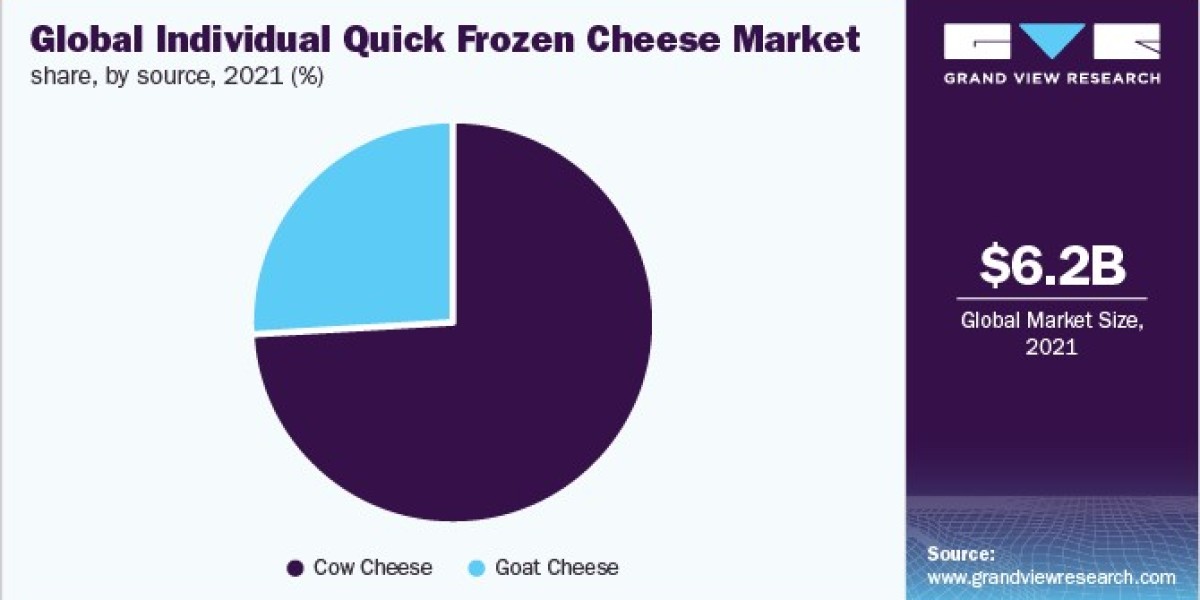In the ever-evolving landscape of service marketing, one of the most significant challenges businesses face is managing erratic demand. This phenomenon, characterized by unpredictable fluctuations in customer demand, can lead to a host of issues, including inventory surplus, staffing challenges, and inconsistent revenue streams. In this comprehensive guide, we'll explore a variety of strategies that businesses can employ to smooth out these fluctuations and maintain a steady flow of customers and revenue.
Understanding the Nature of Service Demand
Service demand is inherently different from product demand. Services are intangible, cannot be stored, and often require direct interaction between the provider and the consumer. This unique nature makes predicting and managing service demand more complex. Factors such as seasonal changes, economic shifts, and evolving consumer preferences can significantly impact demand levels. To effectively manage these fluctuations, businesses must first understand the underlying causes and patterns of their service demand.
Leveraging Predictive Analytics
One of the most powerful tools in the arsenal of service marketing is predictive analytics. By analyzing past consumer behavior and market trends, businesses can forecast future demand with greater accuracy. This foresight allows for proactive adjustments in service delivery, staffing, and inventory management. Predictive analytics can also identify potential market opportunities and areas for expansion, providing a competitive edge in the marketplace.
Implementing Flexible Pricing Strategies
Price elasticity plays a crucial role in service demand. Implementing flexible pricing strategies, such as off-peak discounts or dynamic pricing models, can help attract customers during typically slow periods. Conversely, premium pricing during peak times can maximize revenue without overburdening the service infrastructure. The key is to find a balance that attracts customers while maintaining profitability.
Effective Communication with Customers
In the digital age, communication with customers has become more straightforward and impactful. Regular updates about new services, special offers, and company news can keep your brand at the forefront of customers' minds. Additionally, engaging with customers through social media and email marketing can build a community around your services, fostering loyalty and repeat business.
The Role of Technology in Service Marketing
Advancements in technology have revolutionized service marketing. Automation tools and artificial intelligence can enhance customer service, streamline operations, and provide valuable insights into consumer behavior. For instance, chatbots can handle routine inquiries, freeing up human resources for more complex tasks. Similarly, AI-driven data analysis can uncover trends and patterns that might go unnoticed by human analysts.
Customer Relationship Management (CRM)
A robust CRM system is vital for maintaining and analyzing customer interactions and data throughout the customer lifecycle. By understanding customer needs and history, businesses can tailor their services and communications, leading to increased customer satisfaction and loyalty. Personalization, based on CRM data, can transform a one-time customer into a lifelong advocate for your brand.
Demand Forecasting Techniques
Accurate demand forecasting is critical for effective service marketing. Techniques such as time series analysis, causal models, and machine learning can provide businesses with a clear picture of future demand. These forecasts enable better decision-making regarding resource allocation, marketing strategies, and service delivery planning.
Capacity Management
Balancing supply and demand in service marketing is a delicate act. Overestimating demand can lead to wasted resources while underestimating it can result in lost opportunities and dissatisfied customers. Capacity management involves adjusting the service delivery capabilities to match the anticipated demand, ensuring optimal utilization of resources.
Maintaining Service Quality and Consistency
Consistency in service quality is key to retaining customers and managing demand. Regular training for staff, adherence to service standards, and continuous improvement processes can ensure that the quality of service remains high, regardless of demand fluctuations. Consistent quality also builds trust and reliability in the brand, encouraging repeat business.
Targeted Promotional Strategies
Effective marketing campaigns can significantly influence service demand. Targeted promotions, tailored to specific customer segments, can attract new customers and re-engage existing ones. Loyalty programs and special offers can also incentivize repeat business, helping to smooth out demand peaks and valleys.
Diversification of Service Offerings
Diversifying service offerings can mitigate the risks associated with erratic demand. By providing a range of services, businesses can attract a broader customer base and reduce dependence on a single service line. This strategy not only helps in balancing demand but also opens up new revenue streams.
Utilizing Customer Feedback and Market Research
Customer feedback is an invaluable source of information for understanding demand patterns and improving service offerings. Regular surveys, feedback forms, and social media monitoring can provide insights into customer preferences and expectations. Additionally, market research can identify emerging trends and shifts in consumer behavior, allowing businesses to adapt their strategies accordingly.
Coping with Seasonal Variations
Many service industries experience seasonal variations in demand. Preparing for these fluctuations involves strategic planning and resource allocation. For instance, hiring temporary staff during peak seasons or offering seasonal services can help manage increased demand without compromising service quality.
Risk Management in Service Marketing
Identifying potential risks and developing contingency plans is crucial for smooth service delivery. This includes preparing for unexpected events such as economic downturns, natural disasters, or sudden shifts in consumer behavior. A well-developed risk management strategy can help businesses navigate these challenges and maintain steady service delivery.
Sustainability and Ethical Practices
Incorporating sustainable and ethical practices into service marketing not only benefits the environment and society but also resonates with increasingly conscious consumers. Sustainable practices can also lead to cost savings and improved brand image, contributing to long-term success.
Conclusion
Taming erratic demand in service marketing requires a multifaceted approach that includes leveraging technology, implementing flexible strategies, and maintaining a strong focus on customer relationships. By adopting these strategies, businesses can navigate the complexities of service demand, ensuring smoother operations and sustained growth in a competitive marketplace.
Predict your sales volume and demand trends with our Artificial Intelligence-based SaaS platform visit: https://thousense.ai/
Source: https://diigo.com/0unbt4



